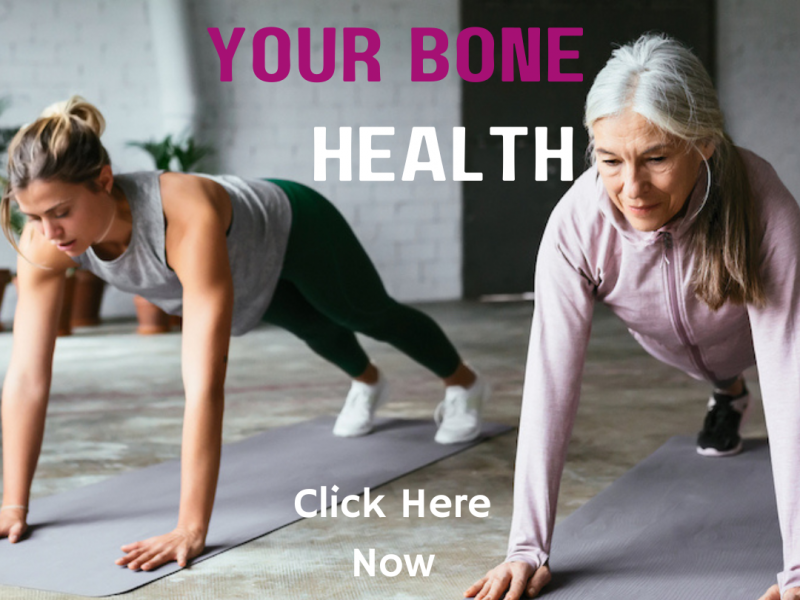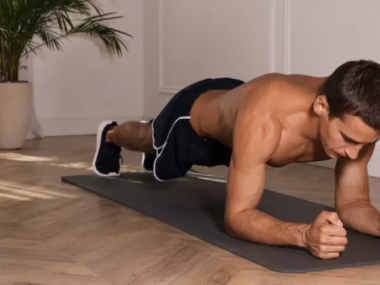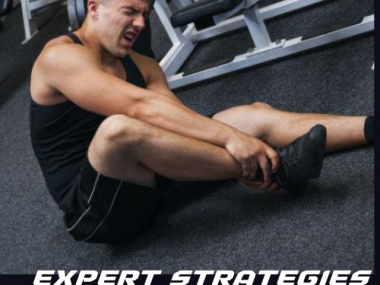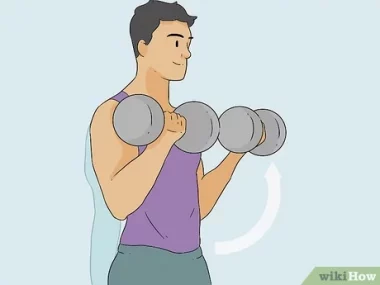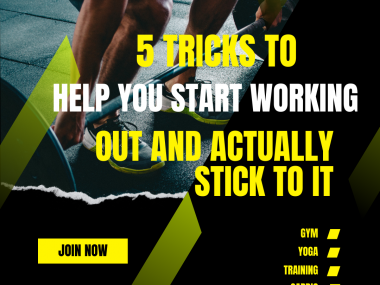“Empowering Your Bones: Exercises Bone Health: A 69-Year-Old Trainer’s Go-To Moves for Lasting Bone Health
Strength training isn’t just about bulking up muscles; it holds the key to a plethora of health benefits, including the often-overlooked realm of bone health. Experts emphasize the importance of incorporating resistance exercises into our routine early on, as physical activity stimulates bone growth, a process that continues throughout our lives. For women, bone density loss accelerates in their mid-30s, making the inclusion of strength training even more critical.
While activities like walking contribute to better bone density, the real champions for bone health are strength-based exercises. According to the experts at Harvard Health, resistance exercises, such as classic strength training, trigger muscle contractions that stimulate bones to bulk up.
Enter 69-year-old trainer Liz Hilliard, who, in her 50s, embraced strength training and now boasts greater strength and health than in her 30s. Her Hilliard Method, incorporating Pilates for a strong core, emphasizes compound exercises—movements targeting multiple muscle groups simultaneously. Hilliard’s philosophy centers on efficiency, advocating for compound exercises that provide a comprehensive workout in a short time frame.
“As you age, there’s a hormonal change in the body, so we have to take up the slack,” says Hilliard, highlighting the need for adaptive fitness practices.
Hilliard’s top three bone-building moves are all compound exercises, ensuring a full-body workout, from legs and core to arms and shoulders. The versatility of these exercises allows for modification, accommodating different fitness levels. Whether using weights, resistance bands, or solely bodyweight, these moves promise muscle building and a satisfying sweat.
In essence, Hilliard’s approach to bone health encourages efficiency and adaptability, proving that a few minutes of well-chosen exercises can provide a substantial ‘bang for your buck’—a testament to the transformative power of strength training for lifelong bone vitality.”
“Strengthening Bones One Row at a Time: The Power of Plank Rows in Bone Health
Building robust bones goes beyond traditional exercises, and incorporating compound movements like plank rows can be a game-changer for bone health. This exercise not only engages multiple muscle groups but also challenges the core, making it an efficient addition to your routine.
Exercise 1: Plank Rows
Equipment Needed:
- Dumbbells
Execution:
- Setup: Start in a plank position with a dumbbell in each hand, resting on the floor beneath your shoulders.
- Form: Maintain a strong plank position throughout the exercise, ensuring your body is in a straight line from head to heels.
- Movement: Row one arm at a time, keeping your hips level and bringing the dumbbell up to your ribs.
- Repeat: Alternate between arms, focusing on control and stability.
Benefits:
- Bone Stimulation: Plank rows involve weight-bearing on the arms, which stimulates bone growth and density.
- Core Engagement: The plank position activates core muscles, contributing to overall musculoskeletal health.
- Balance Improvement: The need to stabilize your body while rowing enhances balance, a crucial aspect of bone health.
Incorporating plank rows into your routine provides a comprehensive workout for bones, muscles, and core. Remember to start with an appropriate weight and gradually increase as your strength improves. Consistency is key, so make these plank rows a regular feature in your quest for stronger, healthier bones.”
“Graceful Strength: Elevating Bone Health with Iron Cross Shoulder Lifts and Curtsy Squats
In the pursuit of bone health, it’s essential to embrace exercises that not only challenge the skeletal system but also promote overall strength and balance. The Iron Cross shoulder lifts with curtsy squat is a dynamic compound movement that targets various muscle groups while providing a unique twist to traditional resistance training.
Exercise 2: Iron Cross Shoulder Lifts with Curtsy Squat
Equipment Needed:
- Resistance Band
Execution:
- Setup: Place one foot in a resistance band, holding each end in either hand.
- Positioning: Take the opposite leg back into a curtsy position, bending your front knee to drop into a curtsy squat.
- Movement: As you rise up from the curtsy squat, simultaneously lift the resistance band to shoulder height. Keep your arms straight out to the sides, forming a T shape.
- Focus: Emphasize working deep into the medial deltoid muscle during the shoulder lift.
Benefits:
- Full-Body Engagement: The combination of curtsy squats and shoulder lifts engages the lower body, core, and shoulders, providing a comprehensive workout.
- Medial Deltoid Activation: Lifting the resistance bands to shoulder height targets the medial deltoid, contributing to shoulder strength and stability.
- Balance Enhancement: The curtsy squat adds a balance element, promoting stability and coordination.
Incorporating Iron Cross shoulder lifts with curtsy squats into your routine offers a graceful yet powerful approach to bone health. Focus on maintaining proper form and gradually increase resistance for continued progress. This exercise not only strengthens bones but also enhances muscle tone and functional movement, making it a valuable addition to your bone health regimen.”
“Sculpting Strong Bones: The Dynamic Duo of Bicep Curl Squats for Total Body Fitness
For a well-rounded approach to bone health, integrating exercises that engage multiple muscle groups is key. The Bicep Curl Squat combines the benefits of lower body strength with the sculpting power of bicep curls, creating a synergistic effect that promotes bone density and overall fitness.
Exercise 3: Bicep Curl Squat
Equipment Needed:
- 8- to 10-pound weights or a medium to heavy resistance band (hooked under your feet)
Execution:
- Starting Position: Stand with feet hip-distance apart, holding weights in each hand or with a resistance band hooked under your feet.
- Squat: Bend your knees and squat to knee level, pushing your bottom backward as if sitting back into a chair.
- Core Engagement: Keep your core engaged throughout the movement.
- Rise and Curl: As you come to a standing position, simultaneously perform a bicep curl by bending your arms, bringing the weights toward your shoulders.
Benefits:
- Comprehensive Muscle Engagement: Bicep Curl Squats target the quadriceps, hamstrings, glutes, and biceps, providing a full-body workout.
- Bone-Stimulating Squats: The squat component stimulates bone growth in the lower body, enhancing bone density.
- Bicep Toning: The bicep curls contribute to toned and strengthened arms, promoting overall muscle balance.
Make the Bicep Curl Squat a staple in your exercise routine to enhance bone health and achieve a sculpted physique. Begin with an appropriate weight or resistance level, and gradually progress as your strength increases. This exercise not only fosters strong bones but also delivers aesthetic benefits, making it a versatile addition to your fitness regimen.”
